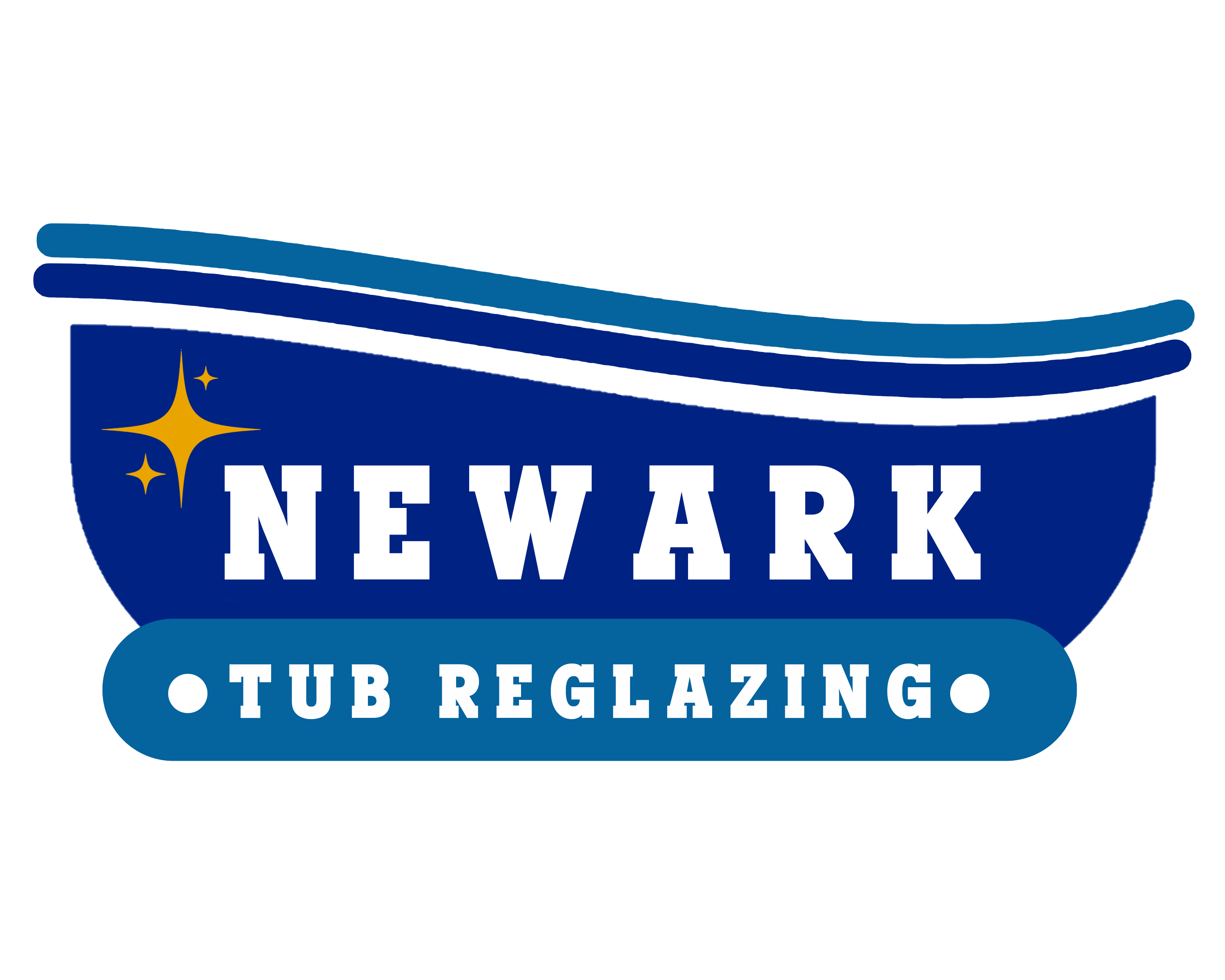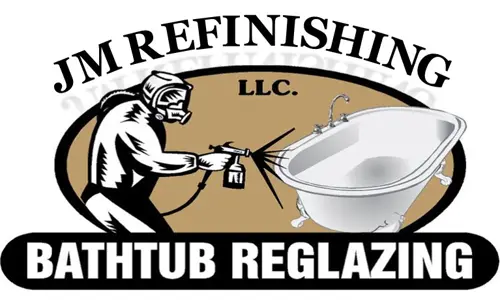Mission
Everyone is welcome here, and they strive to provide inclusive experiences that pique people’s interests and help build community. They can provide access to world-renowned collections of American art, decorative arts, contemporary art, and art from Asia, Africa, the Americas, and the ancient world because of the support they get from their members and their gifts make.
History
The Newark Museum of Art, which is available for locating Newark in Essex County, New Jersey, is the biggest in the state.
Fine collections of American art, decorative arts, contemporary art, and art from Asia, Africa, the Americas, and the ancient world may be found here, along with other types of art from throughout the globe. Extensive works by American artists are on display in the Museum. Including works by luminaries like Hiram Powers, Thomas Cole, John Singer Sargent, Albert Bierstadt, Frederick Church, Childe Hassam, Mary Cassatt, Edward Hopper, Georgia O’Keeffe, Joseph Stella, and Tony Smith.
John Cotton Dana, the Museum’s founding director, believed that establishing museums fosters an awareness, comprehension, and pleasure of the arts and sciences. In 1909, he co-founded the Museum at the Newark Governmental Library with several other individuals, including significant local businesses, public officials, and private collectors. Because of the intellectual direction he gave the organization, it is now regarded as one of the most forward-thinking cultural organizations in the nation.
School Programs
The Newark Museum of Art offers workshops for professional development. These workshops focus on project-and object-based learning and open inquiry. Workshops are both didactic and hands-on.
Educators are the target audience for their professional development seminars. The purpose is to disseminate current best practices in progressive educational methods and to assist them in comprehending how to use actual items as essential teaching resources.
Explorers Teen Program
Students come from many different places. Each year, and each year, those students learn more about their interests and abilities and build new skills as public speakers, instructors, researchers, and leaders. Additionally, students get compensation for their time spent participating in the program.
Students are required to take part in the following activities as a requirement of the program:
- Internships in several departments within the Museum, where students develop and direct their projects to get real-world experience in various professions and academic disciplines, are available.
- Science, technology, engineering, and math (STEM) education will be pushed via a series of workshops centered on leadership development, public speaking, team building, and museum-based art and science projects.
- Outings with the group to museums and other educational and cultural institutions
- Participants must commit to a program that requires them to spend six hours after school.
Each week they work on program-related activities during their three-to-four-year tenure in the program. In addition, participants are required to perform 30 hours of community service each year and 25 hours per week during the summer.
Collection
American Art
The American art collection has around 12,000 works of art from the 18th century to the present day. These works include paintings, sculptures, works on paper, and multi-media pieces.
The historical collection contains:
- Portraits from the Colonial and Federal periods.
- Exceptional examples of landscape paintings depicting the Hudson River.
- One of the first collections of folk art in the nation.
The institution has always been committed to collecting in a diverse and comprehensive way, which is reflected in its modern and contemporary collections. The painting “The Good Shepherd” by Henry Ossawa Tanner served as the impetus for establishing the African American art collection in 1929. Since then, more people have joined. Around 400 historical, modern, and contemporary works of art.
The colossal “Voice of the City of New York” sculpture by Joseph Stella The book Interpreted, purchased in 1937, is a significant cornerstone of American modernism. Paintings by Joaquin Torres Garcia, Helen Frankenthaler, Robert Motherwell, Carmen Herrera, and Norman Lewis are the standout pieces in the collection. Other notable artists include: The modern pool on display now contains works by an impressive roster of regional, national, and international artists from around the Americas.
Arts of the Americas
More than 4,500 pieces are now included in the Arts of the Americas collection, which exhibits art from South America, Central America, and North America together.
Between 1910 and 1913, these lands were bought for the first time. They go from Alaska to Argentina and from the time of the pre-Columbian civilization to the present day.
The indigenous art of North America is one of the region’s most notable strengths. Even though the collection comprises items from before contact (mostly made of pottery and stone), most works are from the 19th century to the present. The vitality of tradition-based forms is represented by outstanding modern and contemporary results, such as those created by Pueblo potters Elizabeth Naranjo and Margaret Tafoya, textile artists Ramona Sakiestewa and Juanita Tsosie, and Mohawk artists who make baskets. Among these artists, Elizabeth Naranjo and Margaret Tafoya are mainly well known.
Arts of Global Africa
The Arts of Worldwide Africa collection is among the nation’s oldest and most extensive, representing the vast range of creative innovation on the continent and its global reach, both in the past and present. This collection is among the nation’s earliest and most complete.
The collection began in 1917 and is notable for covering the whole of the continent and including works of art that are not just historical but also modern and current. It comprises over 7000 pieces in many different shapes and sizes, such as masks and figural sculpture, objects of domestic use, attire and decoration, sculpture, photography, paintings, and new media. The Museum has distinguished itself among American museums by being at the forefront of collecting and exhibiting arts of Africa with distinctive qualities, such as arts of North Africa, textiles, Yoruba art, and modern and contemporary art.
Frequently Asked Questions
What specific details do I need to know to organize my trip?
You will be able to learn all you need to know to organize your visit, including the cost of
entrance, the operating hours, the policies, and more.
What is the current policy of the Museum regarding COVID-19?
Their policy for COVID-19, which includes rules for mask and vaccine use, may be seen below.
Is the Gift Shop at the Museum open?
The Museum Shop is available to the general public from 10 am to 5 pm, Thursday through Sunday. Their web store is open around the clock.
How can I schedule a visit for my class, whether it be in person or virtually?
The Museum is now providing both in-person and online opportunities for educational field excursions.
How can I make a reservation for an in-person visit for my group that is not affiliated with a school?
For parties consisting of ten persons or more, reservations are essential.
Are animals of any kind permitted within the Museum?
Although they like animals of all kinds, the Museum can only accommodate service animals.
Am I permitted to bring a camera inside the Museum with me and take pictures there?
Under specific circumstances, guests of the Newark Museum of Art are authorized to carry out photographic activities within the Museum’s galleries and the Ballantine House.
Where may I ask a question that is not specific to my visit or offer feedback about my experience here?
The Museum is dedicated to providing an environment that is warm and inviting for visitors of all ages. Your input is precious to them, and it assists them in making improvements. You will be sent an email, including a brief survey; they ask that you complete it if you find yourself with a few minutes to spare.
For more information, visit their website or call (973) 596-6550.

